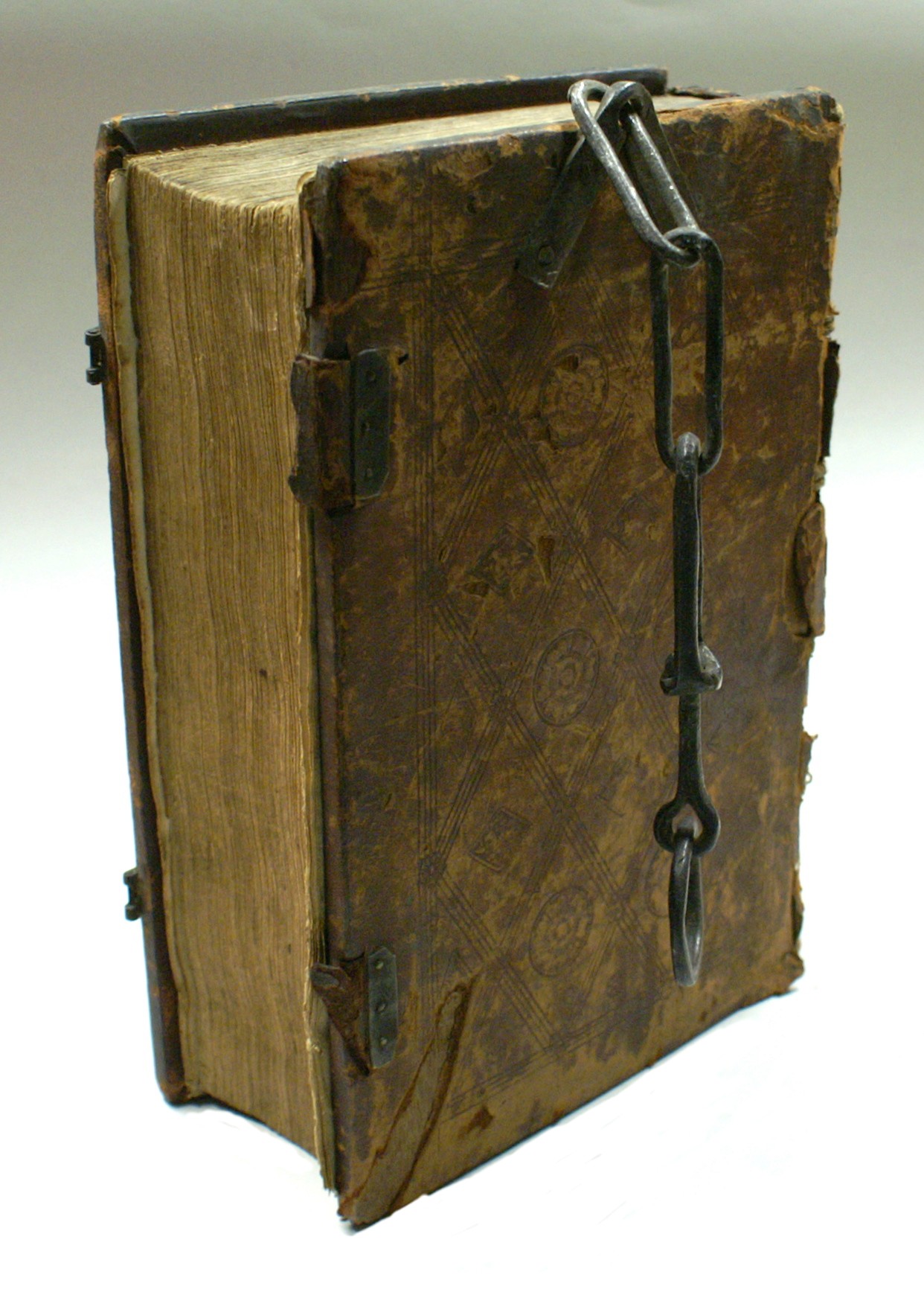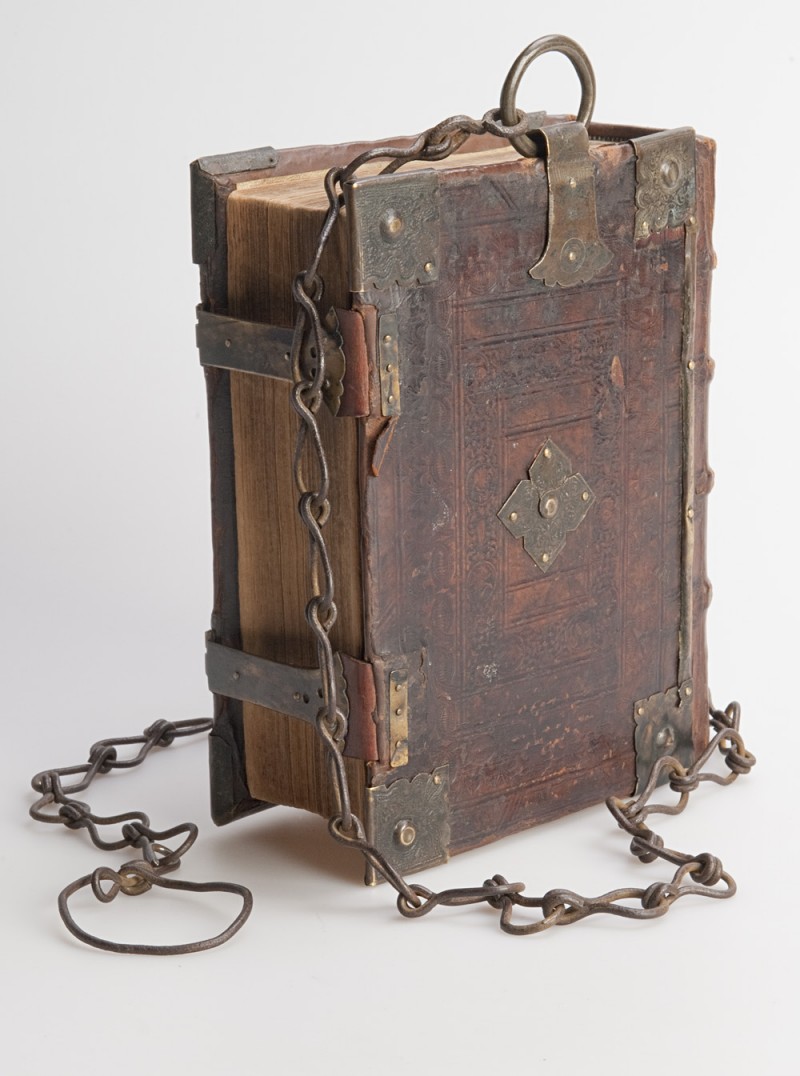
Books on chains are not some horror movie attribute or an interior innovation. This is a way of storing publications in European medieval libraries. Books were simply chained to the shelves.
Today, studying your favorite edition is much easier. To do this, you do not need to stand and read a book chained. It is enough to visit the section of the Violity website "Bouquinistes". Among more than 159 thousand active lots are works by authors of the past and present.
Why were books chained in medieval Europe? The practice of chaining was common in the reading rooms of libraries from the Middle Ages to the 18th century. This was due to the high value of publications. Most libraries in those days did not lend out books to read at home. As a rule, especially valuable specimens were chained.

However, the chain was long enough for a person to take the book off the shelf, step away from the bookcase and enjoy reading. With the help of a metal ring, which was fastened in the corner of the cover, fixation took place.
Even the arrangement of books in the cabinets was unusual for contemporaries. On the shelves they stood with their spines against the wall. This was done so that when the publication was withdrawn, there would be no confusion with the chains and the cover would be less damaged due to friction against the metal. However, this affected the pages that were turned to the readers - they could crumple, disheveled.

One of the most famous chain libraries still in existence today is the Francis Trigge Chain Library, which was established in 1598 in the eastern county of England. Persons who were often not related to the clergy or education were admitted to this place.
